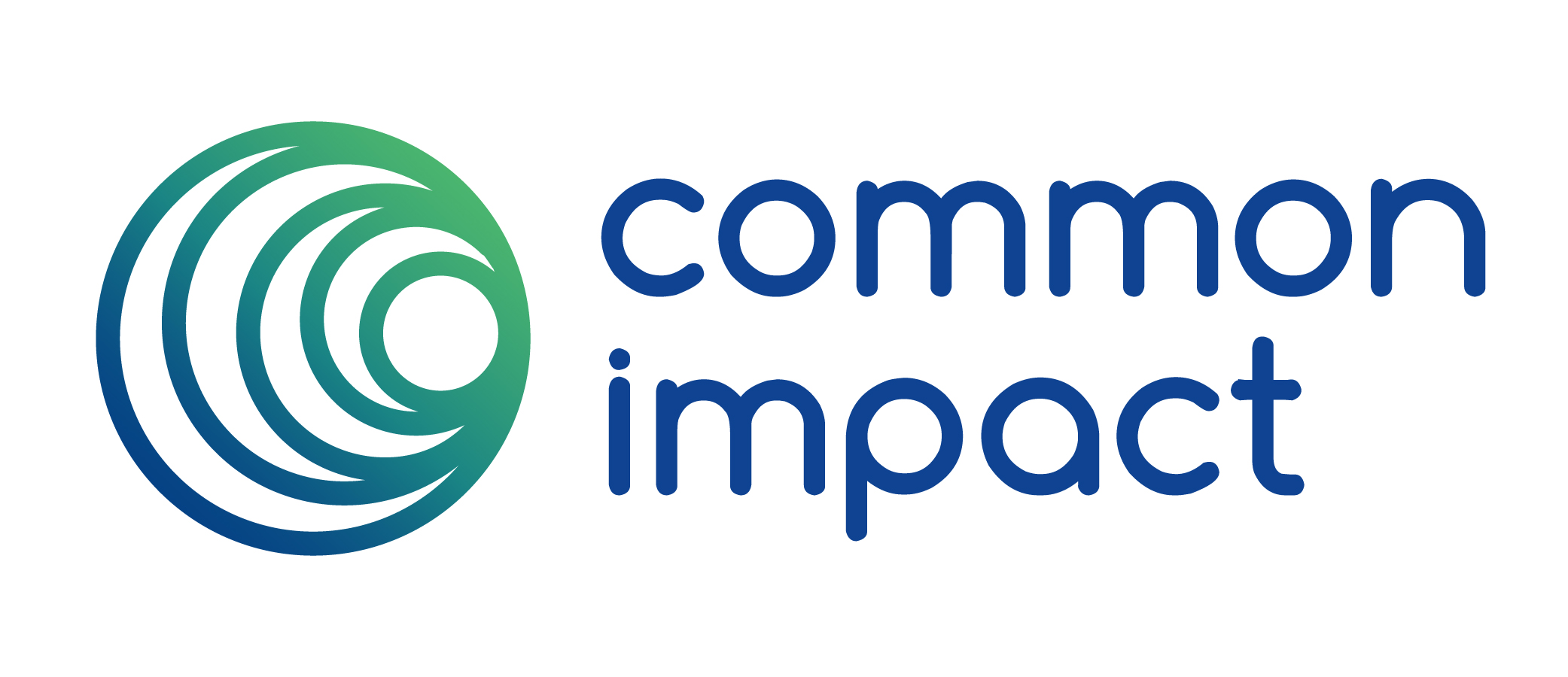What You Need to Know to Make the Most of Corporate Pro Bono Opportunities at Your Nonprofit

A large company in your community wants to partner with your nonprofit. You’re excited – this partnership could pave the way for new funding, fill knowledge gaps at your organization, and raise your nonprofit’s profile in the community. The company loves your mission and wants to know how their employees can help. They have some ideas for volunteer service, and can articulate what they want their employees to get out of the experience – but they’ll look to you to define if and how their employees can meaningfully contribute to your mission. Are you ready?
Corporate engagement is on the rise and more than 75% of companies now engage in social impact initiatives. [1] CECP’s 2015 Giving in Numbers Survey noted that:
“From 2012 to 2014, offerings of pro bono and board service had higher growth rates than any other volunteer programs, demonstrating an instinct to infuse societal engagement with employees’ skills.”
However, when opportunities for corporate volunteerism arise, companies and nonprofits typically think of traditional days of service: a large group of employees joins a nonprofit for a few hours or a full day to clean up a park, paint a building, or compile care packages for displaced families. These experiences are valuable, and have their place – but they have drawbacks too. Many nonprofits do not have real, pressing needs that can be met through the traditional model, so they find themselves scrambling to create work for volunteers, even if this work ultimately will not benefit the organization significantly, or perhaps at all.
Skills-Based Volunteering has emerged in response to both companies and nonprofits desire to make the most out of corporate service. Leveraging employee's talents and skill set in addition to their time, will exponentially increase the impact on your organization.
You find yourself on the phone with a local company and they want to know how they can help. What do you say? How do you frame the conversation? How do you avoid saying yes to an engagement that you know won’t have a positive impact on your organization?
At Common Impact, we’ve identified three keys that will help you confidently steer the company towards pro bono, identify organizational challenges the company could help solve, and propose a pro bono engagement that fits both their needs and yours.
- An understanding of trends in corporate community engagement and the business case for pro bono is a great tool for nonprofit staff to use when looking to steer the conversation and engagement towards a skills-based model.
- In the current landscape, companies are finding social impact is more than just a nice thing to do. Employees want to know they work for a company that is good for the community, and they want to bring social value into their work. More than 75% of companies now engage in social impact initiatives, and pro bono represents a significant and growing share of these programs. Pro Bono provides companies with a way to simultaneously invest in their employees’ workplace skills and talents, engage their employees in value-driven work.
- Knowledge of different models of pro bono service to identify which will work for your organization and your needs.
- There are several ways you can engage corporate employees in pro bono. Which model is best will depend on the unique match between your organization’s needs and your corporate partner’s goals and requirements for engagement. Is your executive director steering the organization through a particularly challenging time? A full-time executive coach from the ranks of your corporate partner’s leadership could provide critical guidance and support. Has your organization just finished re-rebranding? A large group of marketing volunteers could spend the day updating your collateral to reflect your new brand. Is your technology infrastructure on its last leg? A few technology volunteers could work together over time to assess your technology needs and design the ideal infrastructure for your operating environment.
- A framework for approaching a corporate partner and building a partnership that delivers measurable value to your organization.
- To lead this conversation, you will need to investigate your corporate partner’s overall approach to community impact and their specific goals and requirements for this engagement. How does your partner envision and measure success in a social impact initiative? You must also be ready to communicate your organization’s needs, and what type of volunteer engagement you can support. The sweet spot for success will achieve a strategic alignment between these elements.
If you would like to learn more about these three keys, we hope you’ll join Common Impact next week for our webinar, “Designing Mutually Beneficial Pro Bono Opportunities for Meaningful Impact”. With this information in hand, nonprofit leaders will gain the confidence to guide interested corporate partners towards service opportunities that will make a lasting impact on their organization, their volunteers, and their shared community.

